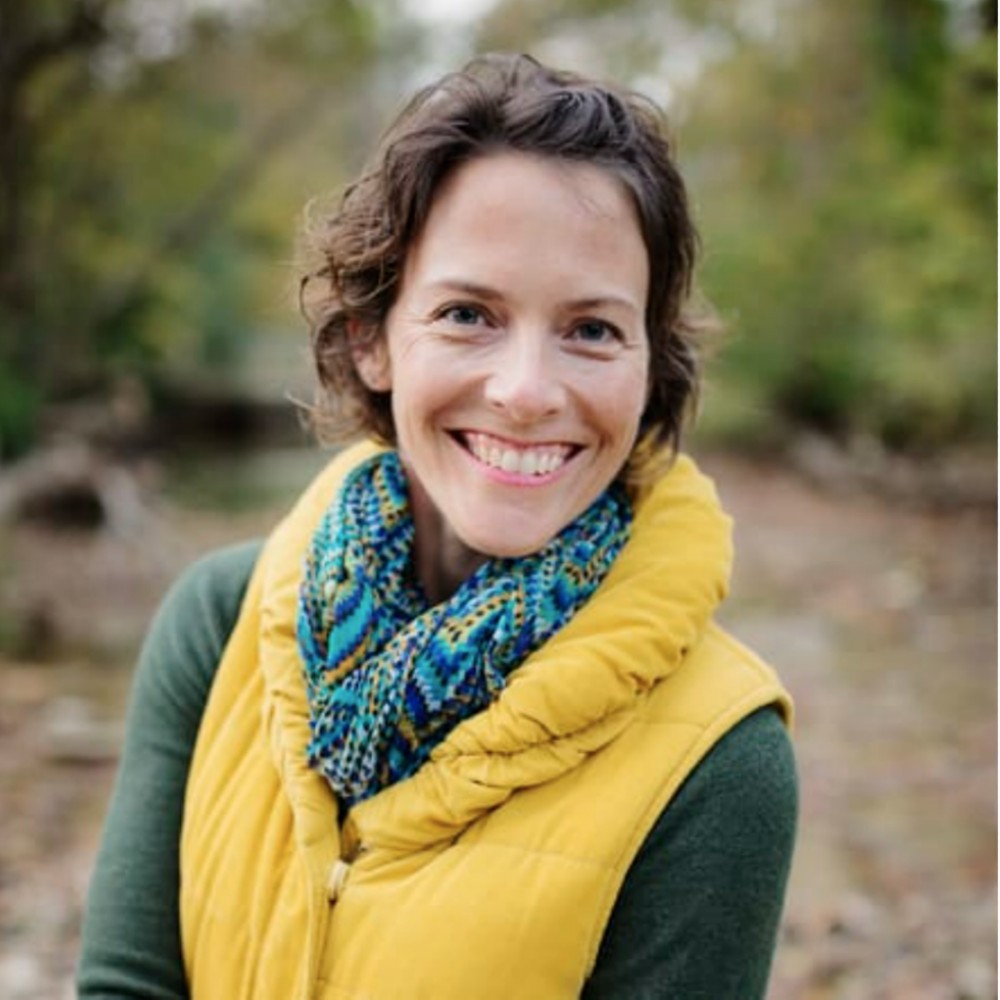The “buzz” around fascia has been picking up during the last several years. And while there has been a fascination with how fascia connects the entire body (which I have to admit is quite fascinating), it may be interesting to point out some of the psychological effects of fascia, particularly when it comes to stress and trauma.
Stress and trauma can come in many shapes and sizes (injury, surgery, life events and experiences, etc.), all of which can affect the integrity of the connective tissue. With physical injury or trauma, the body responds with fascia inflammation to help with the healing process. If the inflammation does not correct the area of the body that was traumatized, it will then build up scar tissue, which can cause pain (yes, nerves are covered by fascia too) and limited mobility, thereby affecting muscle patterns, etc.
Yin and restorative yoga practices can help slowly stretch the fascia and other connective tissues. Releasing stress has been shown to create a myofascial release through neurogenic tremoring. Both practices complement each other by promoting increased circulation and lymphatic drainage, and inviting the stretch reflex of the muscles and overlying fascia.
This post was originally published on September 2, 2014.
















